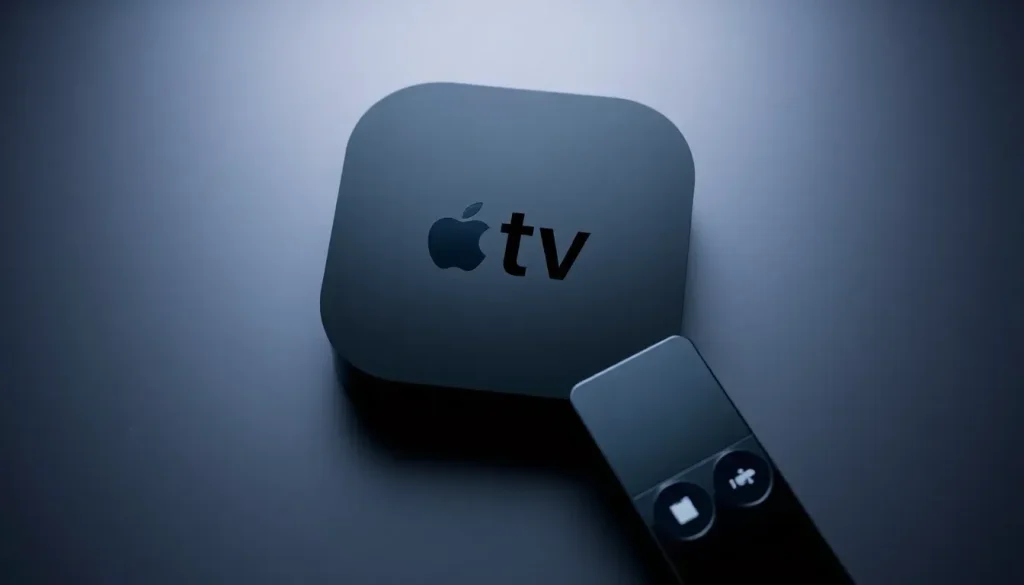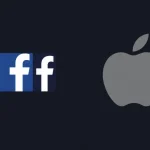Apple TV drops 'plus' and adds to video branding confusion

As Apple continues to evolve its offerings in the streaming landscape, recent changes have stirred both curiosity and confusion among users and industry watchers. The rebranding of Apple TV+ to simply Apple TV raises questions about the company's strategic direction and how it differentiates its various services. Let's delve into this transformation and what it means for consumers.
Amidst the excitement surrounding new releases, Apple quietly announced that its upcoming film "F1: The Movie" will not be airing on Apple TV+ as many might expect, but rather on the standard Apple TV platform. This shift is more than just a mere rebranding; it signals a deeper strategy that could redefine how we perceive Apple's video content ecosystem.
Understanding the rebranding of Apple TV+
Apple has made a significant move by dropping the "+" from Apple TV+, turning it into just Apple TV. This change was subtly mentioned in the press release regarding the "F1" film, indicating a vibrant new identity for the platform, yet this revelation was somewhat overshadowed by the movie's announcement.
The essence of this change lies in the saturation of the streaming market with services using the "+" nomenclature. The proliferation of services like Disney+, Paramount+, and others has diluted the meaning of "plus." Apple appears to be embracing a simpler identity, but the implications of this decision extend beyond branding. Here’s what to consider:
- **Market Saturation**: The "+" suffix has become commonplace, diminishing its uniqueness.
- **Brand Clarity**: By simplifying the name, Apple aims for clearer consumer recognition.
- **Service Differentiation**: With multiple services under the Apple umbrella, distinguishing between them is crucial.
The evolution of Apple’s video services
Apple’s journey in the video service domain has been marked by several key milestones. Initially, there was iTunes video, followed by the introduction of Apple TV+, which premiered on November 1, 2019. Here’s a brief timeline of these developments:
- 2018: Announcement of ESPN+, marking the beginning of the "+" trend.
- November 8, 2018: Disney+ is announced, further popularizing the "+" naming convention.
- March 2019: Tim Cook unveils Apple TV+.
- November 1, 2019: Apple TV+ launches, just ahead of Disney+.
As time went on, new services emerged, each vying for attention in the crowded streaming market. This shift in branding may also reflect Apple’s response to the evolving landscape, where identifying a service by a distinctive name becomes essential.
Brand confusion: More than just a name change
While the rebranding seems straightforward, it further complicates the already intricate landscape of Apple’s offerings. Apple has several products and services all bearing similar names:
- Apple TV: The hardware device for streaming content.
- Apple TV app: The software platform for accessing various content.
- Apple TV Channels: A feature that allows users to subscribe to channels within the app.
- Apple TV HD and Apple TV 4K: Different hardware versions of the Apple TV device.
With the removal of the "+" from Apple TV+, consumers may find it challenging to distinguish between the various services, especially when the same name is used across different platforms. The result is a potential for confusion, as users might not be certain about what each service entails or how to access specific content.
Apple Music and the naming strategy
Interestingly, while Apple has dropped the "+" from its video service, it has never introduced an Apple Music+. This raises questions about Apple's naming strategy across its ecosystem. Unlike Apple TV, Apple Music remains a straightforward service, focusing primarily on music streaming without the added complexity of a "+" designation.
However, Apple has other services that do include a "+" in their name, such as:
- Apple News+: A subscription service for news content.
- iCloud+: Enhanced cloud storage options.
This duality in naming conventions prompts a discussion about consistency in branding. Apple’s approach seems to be evolving, but whether this is a strategic advantage or a source of confusion remains to be seen.
What does the future hold for Apple TV?
The future of Apple TV, now devoid of the "+" designation, could indicate a shift in focus for Apple. The company is expected to continue producing original content, which was a hallmark of Apple TV+. However, it remains to be seen how this will impact the hardware side of the Apple TV brand.
As the market progresses, Apple may face pressure to innovate not only in content but also in the technology that supports it. The anticipated release of new hardware, possibly in 2025, may further redefine the Apple TV experience.
With current trends indicating a shift towards integrated services and user-friendly interfaces, Apple's ability to streamline its offerings could play a pivotal role in enhancing user satisfaction.
Consumer implications
For consumers, the most significant question is how these changes impact their viewing experience. With the rebranding, users will need to adapt to the new terminology and understand what each service offers. Here are some key considerations:
- **Awareness**: Consumers must stay informed about the differences between Apple TV and Apple TV+.
- **Content Access**: Knowing where to find specific titles will be crucial as services are restructured.
- **Subscription Options**: Understanding which services to subscribe to for comprehensive access will be important.
As Apple navigates this transitional phase, the clarity of its branding and the effectiveness of its communication strategies will be critical in maintaining its position in the competitive streaming market.
For a deeper dive into the complexities of Apple’s offerings, check out this informative video that explains the differences between Apple TV and Apple TV+:




Leave a Reply